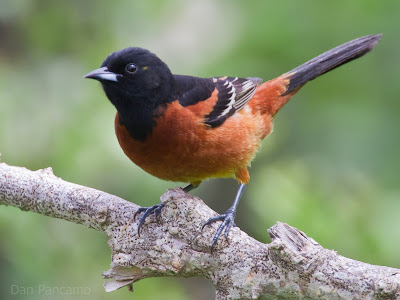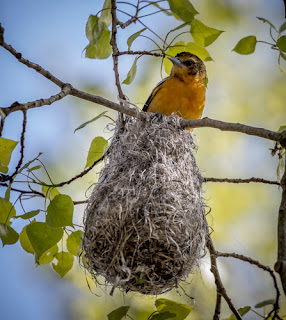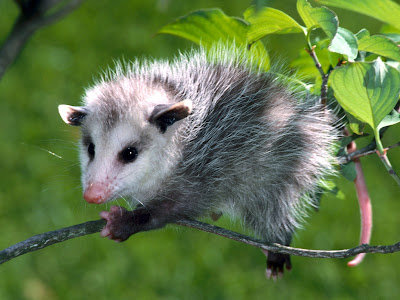By Karla Renic
1/13/2024
Amid a bone-chilling cold snap in western Canada, a rescue by a Saskatchewan animal shelter unfolded as they found a cat frozen to a metal trap. The incident served as a stark reminder of the risks associated with trapping in freezing conditions, & winter hazards for pets.
Dr. Tim Arthur, a companion animal veterinarian & president-elect of the Canadian Veterinary Medical Association, said most Canadian pet owners are "pretty darn good" at taking preventative measures. He added he doesn't see any particular influx of patients in the winter compared to the summer.
"Kudos to our dog & cat owning population, they're doing a very, very good job," he claimed.
But, Arthur said he still gets questions from pet owners on what they should be doing in the winter. So what exactly are the do's & don'ts of winter pet care?
Here's what you need to know about dogs & cats in the winter.
1. Paw protection for dogs: To boot or not to boot?
While dog paws are well-designed for winter conditions, there are reasons consider getting boots for your dog, Dr. Arthur advised. It's all about the pet's comfort level.
"Rely on your own pet to tell you if they are more comfortable outside wearing boots than no boots," he advised. Dogs can safely run around in the snow, but if they're showing signs of pain or discomfort, boots may be the right option. But, "if you put boots on your dog & your dog doesn't want to walk... don't use boots," Arthur said.
However, if your pet doesn't wear boots & walks around in snow, ice & salt, it's most important to clean their paws when they get home. "Not necessarily paved, but at least wiped down; get the snow out of them if there is salt, or debris or chemicals on them."
Frostbite is uncommon for regular daily walks, the vet said, but pet owners should keep an eye out for signs of an issue, like limping or a excessive licking of a specific paw. If those signs persists, he recommends seeing a vet.
2. Don't leave your pet in a cold car.
Similar to summer precautions, Arthur urged pet owners not to leave animals in cold cars for extended periods. While hypothermia is less common, the rapid temperature drop in vehicles can pose risks to your furry friend.
He advised treating pets in cold cars as one would a child. That means if temperatures are low, leaving your dog in a parking lot while you shop for groceries or eat a meal isn't the right thing to do.
3. Don't go on long walks if weather is bad.
"Use common sense when the weather outside is just downright awful," Arthur advised. "That is not the time to take your dog out for a 2-hour walk."
Even though your dog may have a coat & some boots on, "their ears are not protected, their heads are usually not protected," the vet pointed out. "Just because we are dressed appropriately, & don't find those conditions horrible, it may be different for your dog."
That being said, you have to know your dog. "A thick-coated husky will put up with a heck of a lot more than a small Dachshund," he said.
4. Ice dangers: A cautionary tale.
Dr. Arthur highlighted the risk of dogs falling through ice, especially around riverbanks. Owners should use common sense & avoid situations where the dog might end up in freezing water — like river banks.
"Don't let them go out in the ice. I don't care if there's ducks out there & they want to go & see them. It's just not a smart thing to do," the vet warned.
Avoiding hazards is key when letting dogs play outside.
5. Outdoor living: Adapting for winter.
For dogs living outdoors — farm dogs, for example — Dr. Arthur stressed the need for insulated, smaller shelters with windbreaks during winter.
"An open door to a nice padded straw house just isn't good enough. There has to be a windbreak on that door," the expert claimed.
Either way, it's better to keep them inside for the winter.
6. Does my dog need a coat?
When it comes to sweaters & winter coats, Arthur said it depends on the breed of your dog & what they find comfortable.
"Half of me says they're a fashion statement, half of me says that if you've got a really short-coated dog & you want to take it outside, it would probably like to have a coat on," he said. "You know your dog."
7. Getting lost: Can snow impact their senses?
While dogs getting lost in the snow is a "concern" for Arthur, he said it's not necessarily the impact on their sense of smell to find their way home.
"I'm not sure sure that it's a problem with their senses & their ability to get home, as much as it is just trying to move through that deepest snow," he explained, adding it's much harder for them to maneuver with 4 legs.
"If you're on rural properties, the dogs that run around.... if they're not back in a couple hours, go looking for them. If a blizzard is coming, like really, they shouldn't be out there in the first place."
Cats in the winter: Need for identification
When it comes to cats, it's less common for them to want to spend time out in the cold.
Generally, even cats that are curious will take 2 steps & run back in. Arthur said that's the best case scenario, & thus the list of risks is smaller.
However, for cats that do insist on going outside, Arthur advises owners to use microchips for identification — "I really don't like collars & tags."
Cats can get into trouble outdoors, especially in severe weather, & if they're found by a rescue without a way to contact the owner, they will often get put down for humane reasons (if severely injured).
"Identification, identification, identification," he reiterated.
In areas with coyote populations, winter can be dangerous for cats as they "tend to make up" for what coyotes can't find of their natural prey.
Check your cars before driving of: Expert
Warm car engines can attract cats seeking shelter in the cold weather. They can often be found sleeping on tires, under cars or under the hood.
"If you're parking outside, you know there are stray cats around, you should probably bang on your hood. Just wake them up & let them get out of there before you turn your car on," Arthur advised.
Arthur also noted a historical issue with ethylene glycol in antifreeze, which is highly toxic to animals. He urged pet owners to research the antifreeze products they have at home, & research the now-available non-toxic alternatives.
Cute Critter Pics:
Poppy RIP






















:max_bytes(150000):strip_icc()/baltimore-oriole-male-3fddc13c84804ffeac962d11a6614e0b.jpg)











